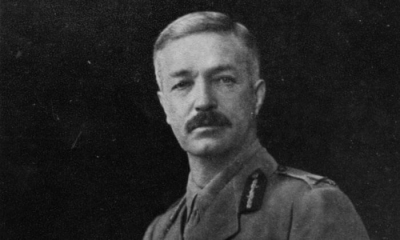
The Jallianwala Bagh massacre, also known as the Amritsar massacre, took place on 13 April 1919, when Acting Brigadier-General Reginald Dyer ordered troops of the British Indian Army to fire their rifles into a crowd of unarmed Indian civilians in Jallianwala Bagh, Amritsar, Punjab, killing at least 379 people and injuring over 1,200 other people.
On the afternoon of April 13, a crowd of at least 10,000 men, women, and children gathered in the Jallianwala Bagh, which was nearly completely enclosed by walls and had only one exit. It is not clear how many people there were protesters who were defying the ban on public meetings and how many had come to the city from the surrounding region to celebrate Baisakhi, a spring festival. Dyer and his soldiers arrived and sealed off the exit. Without warning, the troops opened fire on the crowd, reportedly shooting hundreds of rounds until they ran out of ammunition. It is not certain how many died in the bloodbath, but, according to one official report, an estimated 379 people were killed, and about 1,200 more were wounded. After they ceased firing, the troops immediately withdrew from the place, leaving behind the dead and wounded.
The government of India ordered an investigation of the incident (the Hunter Commission), which in 1920 censured Dyer for his actions and ordered him to resign from the military. Reaction in Britain to the massacre was mixed, however. Many condemned Dyer’s actions—including Sir Winston Churchill, then secretary of war, in a speech to the House of Commons in 1920—but the House of Lords praised Dyer and gave him a sword inscribed with the motto “Saviour of the Punjab.” In addition, a large fund was raised by Dyer’s sympathizers and presented to him. The Jallianwala Bagh site in Amritsar is now a national monument.
Picture Credit : Google




